2024 RESEARCH GRANTS SUCCESSFUL APPLICANTS
Established Researcher:
- Dr Nicholas Veldhuis, Monash Institute of Pharmaceutical Sciences, AUD$50,000 PROJECT TITLE: High-resolution imaging to characterise a unique mouse model of Dystrophic Epidermolysis Bullosa (DEB)
Early Career Researchers:
- Dr Hanif Haidari, Future Industries Institute, University of South Australia, AUD$30,000 PROJECT TITLE: Development of biodegradable multilayered microneedle patch for targeted treatment of deep infection in EB patients
- Ms Kathryn Chen, Ingham Institute for Applied Medical Research, Western Sydney University, AUD$20,000 PROJECT TITLE: An RNA fingerprint of Malignant Squamous Cell Carcinoma in Recessive Dystrophic Epidermolysis Bullosa
2024 TRAVEL GRANTS SUCCESSFUL APPLICANTS
Nurses and Allied Health professionals funded to attend DEBRA Australia’s Brisbane Health Professional’s Symposium (August 2024):
- Emma Baker, $878, Dermatology Nurse Consultant, Woman’s and Children’s Hospital SA Health
- Holly Ferguson, $1,000, EB Clinical Nurse Consultant , Royal Melbourne Hospital
- Li Li, $1,200, Nurse Consultant in Dermatology, Royal Adelaide Hospital/Central Adelaide Local Health Network
- Aaron Anderson, $600, Studying Occupational Therapy
- Rebecca Saad, $1,200, EB Clinical Nurse Consultant, Sydney Children’s Hospital Network
Researchers:
- Dr Dhanya Shanmuganathan, $1,000, Monash University, Melbourne Vic and poster presentation at the Australian Pain Society 44th Annual Scientific Meeting (Darwin – April 2024)
- Dr Hanif Haidari, $2,000, University of South Australia, Adelaide SA. Presentation at the 12th World Biomaterial Congress (South Korea – May 2024)
- Jasmine Zhou, $2,100, Ingham Institute, Sydney NSW. Brisbane Symposium (August) and EB Client Conference in Vienna and visit EB Haus – Austria
2023 RESEARCH GRANT SUCCESSFUL APPLICANTS
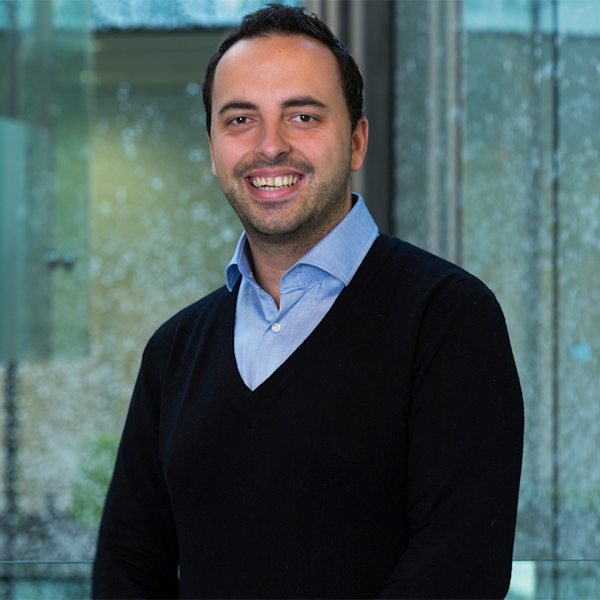
Research Grants Awarded
One grant of $50,000 each have been awarded to the following projects:
- 2023 DEBRA Australia Kopecki, Haidari, Cowin “Photo-Antibody Therapeutic Platform for the treatment of infected wounds in EB”.
2022 RESEARCH GRANT SUCCESSFUL APPLICANTS
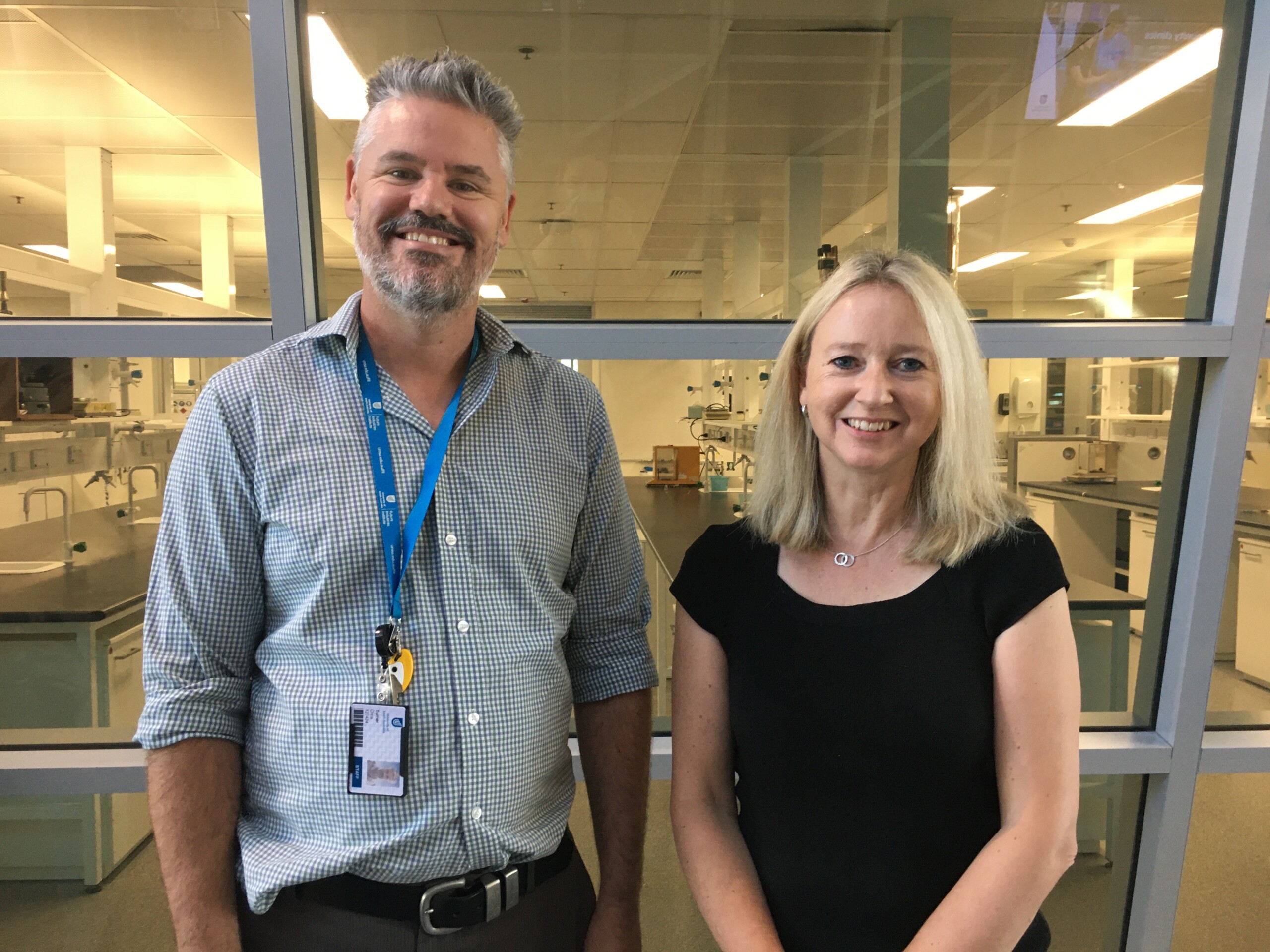
Research Grants Awarded
Two grants of $40,000 each have been awarded to the following projects:
- Project Title: Identification of effective cannabinoid analgesics for Dystrophic Epidermolysis Bullosa
Applicants: Dr N Veldhuis, Associate Professor Kenneth Pang, Associate Professor Johannes Kern, Dr. Blake Smith, Professor Iain McGregor, Dr. Elizabeth Cairns
Epidermolysis Bullosa (EB) is frequently associated with significant chronic pain. In this project, the group will compare the pain relieving effects of various cannabinoid-based therapeutics in their DEB mouse model in an effort to identify the most promising cannabinoid agent for treating EB-associated pain.
- Project Title: Role of granzymes in itch
Applicants: Dr C Turner & Professor Allison Cowin, University of South Australia.
Granzyme K is a protein elevated in inflamed skin which Dr Turner has recently identified as a contributing factor to itch-mediated behaviour. The aim of this study is therefore to investigate in laboratory models the role of granzyme K in itch and to evaluate inhibitory agents that may alleviate itch associated with EB.
2022 TRAVEL GRANT SUCCESSFUL APPLICANTS
The following travel grants have been awarded to assist the recipients to attend national and international events to present their EB research, network and broaden their knowledge in EB.
- $3,500: Ms Kathryn Chen (Western University Sydney NSW) to attend the Matrix Biology Conference in Italy – September 2022
- $2,205: Dr Hanif Haidari (University of South Australia SA) to attend the Wounds Australia Conference in Sydney – September 2022
- $1,200: Dr Chris Turner (Monash University Victoria) to attend the Australasian Wound and Tissue Repair Society Conference in Sydney – September 2022
2021 RESEARCH GRANT SUCCESSFUL APPLICANTS
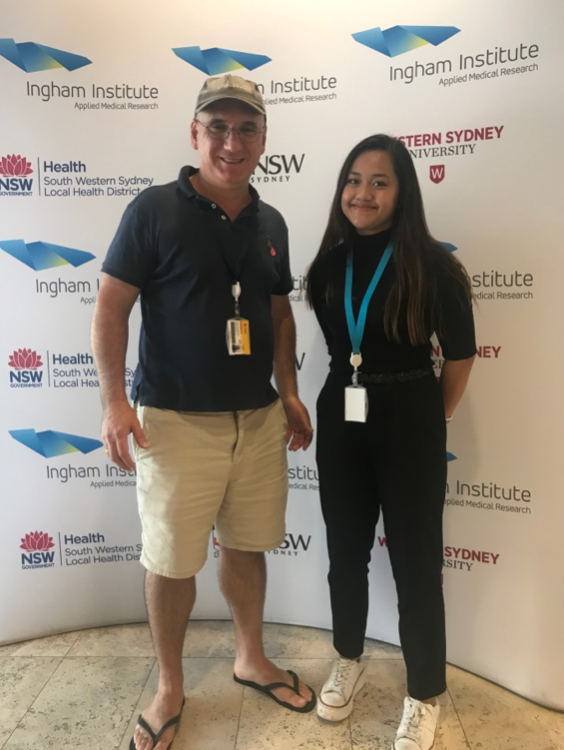
Associate Professor Albert Mellick (Ingham Institute, UNSW)
Grant funding: $30,000
Project: A minimally invasive method for early detection of malignant carcinoma in Recessive Dystrophic Epidermolysis Bullosa
Recessive Dystrophic Epidermolysis Bullosa (RDEB) is a rare, chronic disease that leads to sores and blistering of the skin. Tragically more than half of patients with RDEB will develop aggressive and ultimately lethal cancers in the third or fourth decade of life. The funded work seeks to develop a non-invasive method for the early detection of cancer in patients with RDEB, using a simple blood draw. We believe that this will lead to a significant advance on current approaches, which rely on painful skin biopsies; and will greatly improve the lives of children and adults with RDEB.
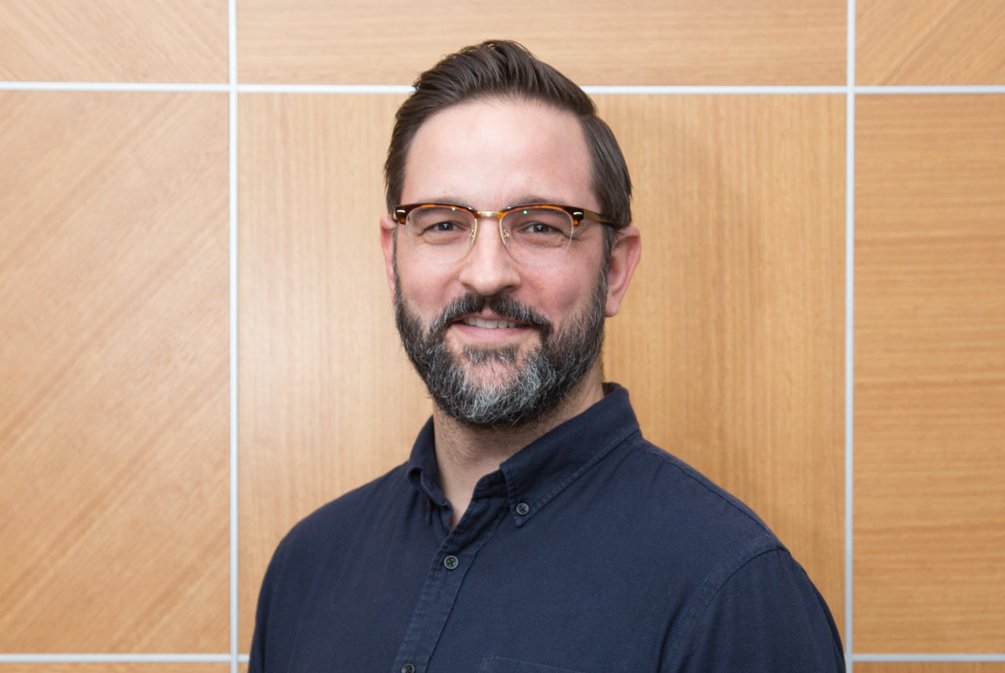
Dr Nicholas Veldhuis & A/Prof Kenneth Pang (Monash Institute of Pharmaceutical Sciences Melbourne)
Grant funding: $30,000
Project: Identification of Effective Anti-pruritic Agents in Dystrophic Epidermolysis Bullosa (DEB) Applicants
Epidermolysis Bullosa (EB) is frequently associated with significant and disabling itch. While a range of different medications can be used to try to relieve this itch, unfortunately many not only cause significant side effects but also prove ineffective. In this project, we will compare the effectiveness of various known and novel drugs in an effort to identify more effective therapeutic strategies for treating EB-associated itch.
The EB team at Monash Institute of Pharmaceutical Sciences now includes Sally Davis. Sally will be doing an EB honors project with us at Monash Institute of Pharmaceutical Sciences as a part of her B.Pharmaceutical Sciences degree.
FEB 2020 RESEARCH GRANT SUCCESSFUL APPLICANTS

Associate Professor Kenneth Pang (Murdoch Children’s Research Institute Melbourne VIC)
Grant funding: $39,528
Project: Identification of effective analgesics for Dystrophic EB
Epidermolysis Bullosa (EB) is frequently associated with significant pain. This pain is typically treated with a range of different analgesic medications, but unfortunately such analgesia can not only cause significant side effects but is often ineffective. In this project, we will compare the pain-relieving effects of various known and novel drugs in an effort to identify more effective therapeutic strategies for treating EB-associated pain.
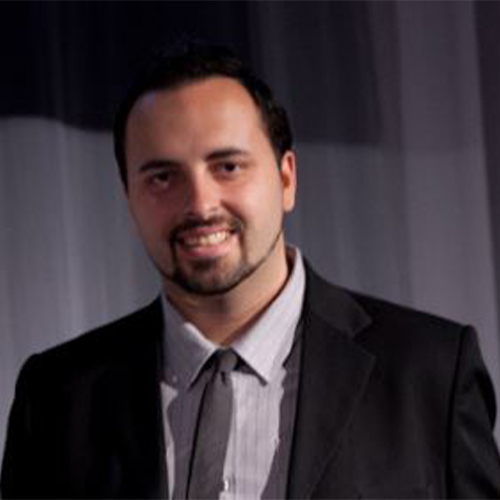
Dr Zlatko Kopecki (University of SA) and A/Prof Sarah Vreugde (Adelaide University)
Grant funding: $30,000
Project: A new medical surgical hydrogel for improved healing of infected blister wounds
Skin blistering diseases (Epidermolysis Bullosa (EB)) affect 1:17,000 live births with 500,000 cases estimated worldwide. EB children experience large non-healing wounds and spontaneous skin blistering affecting 70% of their bodies. Infected wounds are a constant problem for EB patients and often lead to sepsis and death. This project aims to develop a new safe and effective hydrogel treatment for infected blistered wounds which could lead to significant impact on the lives of children and adults living with EB.
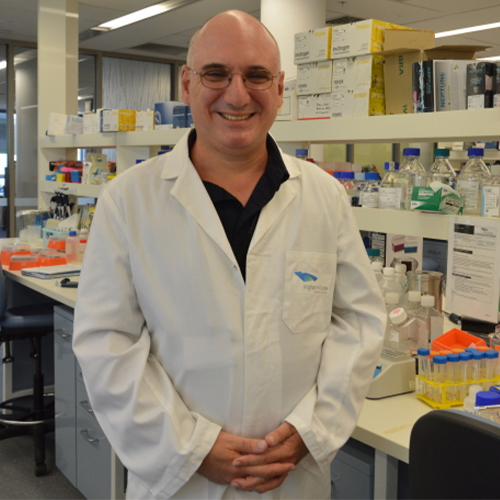
Associate Professor Albert Mellick (University of NSW)
Grant funding: $10,000
Project: Assessing severity and progression in EB
Recessive Dystrophic EB (RDEB) patients have problems with their skin. This includes blistering and wounding. In addition, the squamous cell carcinomas (SCCs) that arise in RDEB patients are much more lethal than SCCs that arise in the non-RDEB population. Understanding how RDEB skin differs from other non-EB patients, is the major objective of the project. We will use advanced methods in tissue analysis, and an international collaboration between EB Austria and the Ingham Institute for Applied Medical Research; to understand changes in the skin of RDEB patients, and how they relate to the development of RDEB-SCCs, as well as severity of disease.
2019 RESEARCH GRANT SUCCESSFUL APPLICANTS
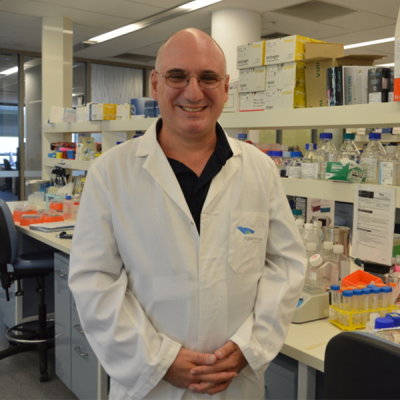
Researcher: Associate Professor Albert Mellick (Ingham Institute for Applied Medical Research, University of NSW)
Grant: AUD$40,000
Research Project: Establishment of a non‐invasive protocol for early detection of malignant carcinoma in RDEB
Project Description: Recessive Dystrophic Epidermolysis Bullosa (RDEB) is a rare, chronic condition that leads to sores and blistering of the skin. Tragically more than half of patients with RDEB will develop aggressive and ultimately lethal cancers in the third or fourth decade of life. The funded work seeks to develop a non‐invasive method for the early detection of cancer in patients with RDEB, using a simple blood draw. We believe that this will lead to a significant advance on current approaches, which rely on painful skin biopsies; and will greatly improve the lives of children and adults with RDEB.
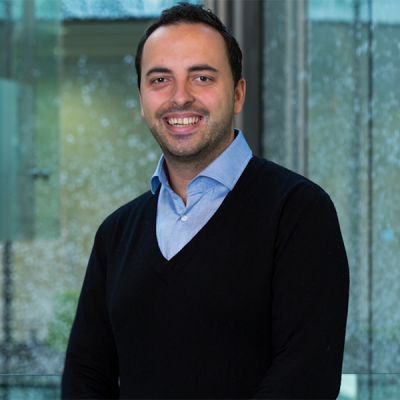
Researcher: Dr Zlatko Kopecki (University SA)
Grant: AUD$40,000
Research Project: Safe and Intelligent Dressings for the Treatment of Infected Blister Wounds
Project Description: Skin blistering diseases (Epidermolysis Bullosa (EB)) affect 1:17,000 live births with 500,000 cases estimated worldwide. EB children experience large non-healing wounds and spontaneous skin blistering affecting 70% of their bodies. Infected wounds are a constant problem for EB patients and often lead to sepsis and death. This project aims to develop new safe and effective wound dressings for treatment of infected blistered wounds which could lead to significant impact on lives of children and adults living with EB.
Click edit button to change this text.
2018 RESEARCH GRANT SUCCESSFUL APPLICANTS
As our financial position improves, we are working to expand the grants we can make available to fund EB research which has an Australian component. Our priorities are aligned with those of DEBRA International. This year we have been able to increase our awards to AUD$95,000. Congratulations to all the successful recipients.
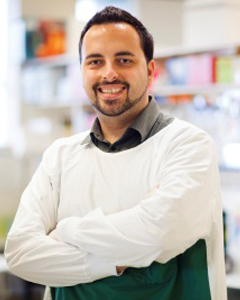
Researcher: Dr Zlatko Kopecki (University SA)
Grant: AUD$30,000
Research Project: Development of a simple, effective and pain-free diagnostic tool for patients with mild EB
Project Description: Approximately 70% of all EB cases are of the EB Simplex subtype, which is often mild and therefore greatly underdiagnosed or misdiagnosed. Many mild EBS patients are reticent about having large punch biopsies taken which may lead to open wounds and are worried about pain associated with current conventional sample collection. This clinical and laboratory project will develop a novel pain-free minimally invasive technology for better and earlier diagnosis of EBS which may enable patients better outcomes and access to services including the National EB Dressing Scheme.
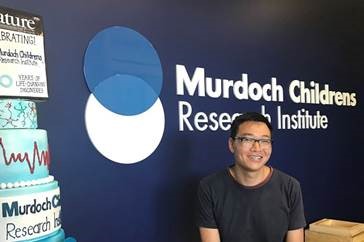
Researcher: Dr Kenneth Pang (Murdoch Children’s Research Institute Melbourne)
Grant: AUD$20,000
Research Project: Development of animal models for Epidermolysis Bullosa-related pain
Project Description: Epidermolysis Bullosa (EB) is characterised by blistering, the pain of which can require long-term, high dose, opiate (e.g. methadone) analgesia from infancy. Unfortunately, the use of such analgesia is not only associated with significant side effects but is also frequently ineffective. Consequently, one of the main causes of reduced quality of life in EB is chronic pain. In this project, we seek to develop the first ever mouse models to study EB-related pain. If successful, the work will provide a foundation for future pre-clinical studies to test the effectiveness of novel analgesics in EB.
Researcher: Professor Dedee Murrell (St George Hospital Kogarah NSW)
Grant: AUD$10,000
Research project: A prospective, double-blind, cross-over, pilot study to assess safety and efficacy of topical
sirolimus 2% in the treatment of plantar blistering in patients with epidermolysis bullosa simplex (EBS)
Project description: The purpose of this clinical trial is to investigate whether sirolimus 1% cream will help reduce the calluses and blistering on the soles of the feet of people with epidermolysis bullosa simplex (EBS). Promising findings from the USA on the positive effects of topical sirolimus 1% on a similar keratin disorder have lead us to think it may be beneficial in EBS too. This grant provides additional funding to support completion of the study.
Grant for International Research Collaboration
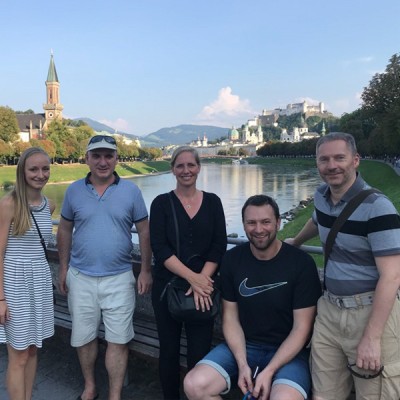
Researchers: Dr Verena Wally (EB House Austria) and Associate Professor Albert Mellick (Ingham Institute, Sydney)
Grant: AUD$35,000
Research Project: Establishment of in situ hybridizations for RNA localization in RDEB tissues
Project Description: RDEB accounts for many premature deaths in the EB patient population. Of those, nearly all are the consequence of aggressive squamous cell carcinomas (SCCs) with frequent metastases, which arise in nearly all patients in their third or fourth decade of life. Unlike normal SCCs, which are poorly malignant, the propensity of SCCs derived from EB patients to become malignant and lethal is very high. However, the mechanism leading to the development of these highly aggressive tumors is not yet fully understood. Previous work has shown that there are very precise changes in gene activity associated with the evolution of dystrophic non-malignant skin tissue to one which has developed into a malignant SCC. Of particular interest are changes in a group of small molecules referred to as small non-coding RNAs. These molecules are master regulars of gene activity and changes in levels of these small RNAs can be predictive of pathologically significant changes in disease and development. The work in Austria has identified several candidate diagnostic and therapeutic RNA targets. In Australia Associate Professor Mellick has developed novel methods in identifying and tracking the activity of these small molecules in patient samples. The project proposal is to establish collaboration between Australia and Austria to study and develop this method as a diagnostic tool in EB. This work has the aim of: (i) allowing clinicians to track the evolution of SCC in EB; and (ii) identifying patients which may benefit from improved monitoring.
2017 RESEARCH GRANT SUCCESSFUL APPLICANTS
Congratulations to Dr Kenneth Pang and Dr Zlatko Kopecki who were the successful research grant recipients earlier this year. DEBRA Australia will support each project with a $30,000 grant.

Researcher: Dr Kenneth Pang (Murdoch Childrens Research Institute Melbourne)
Research project: Characterization and utilization of new mouse models for dominant dystrophic epidermolysis bullosa (DDEB)
Project description: Mouse models play a key role in the study of many human genetic diseases and the preclinical development of new therapies. Currently, there are no mouse models for dominant dystrophic epidermolysis bullosa (DDEB), which is caused by mutations in the gene encoding collagen VII and can result in severe blistering disease for which there are no effective treatments. This project seeks to provide a series of new genetic mouse models for DDEB and, by doing so, should advance understanding of the molecular mechanisms underlying DDEB and facilitate preclinical testing of novel therapies.

Researcher: Dr Zlatko Kopecki (University of South Australia Adelaide) + use photo from previous newsletter/website of Zlatko
Research project: Combating blister infection one step at a time
Project description: Skin blistering diseases (Epidermolysis Bullosa (EB)) affect 1:17,000 live births with 500,000 cases estimated worldwide. EB children experience large non-healing wounds and spontaneous skin blistering affecting 70% of their bodies. Infected wounds are a constant problem for EB patients and often lead to sepsis and death. This project aims to use novel models of bacterial wound infection to investigate the mechanism underpinning innate immune responses in fighting wound infection. Understanding how different proteins contribute to susceptibility of bacterial infections may lead to novel treatments for blistered skin in EB patients.
